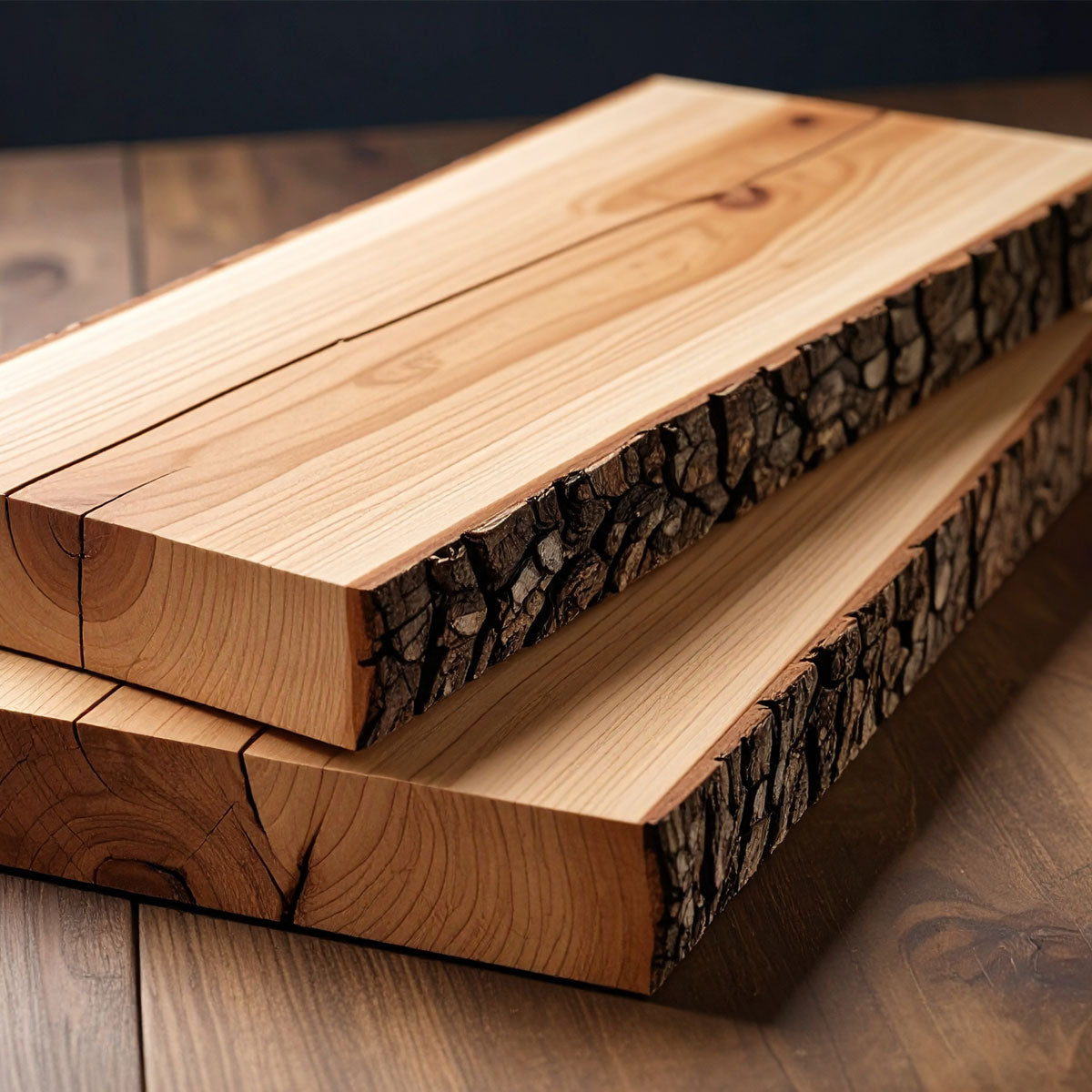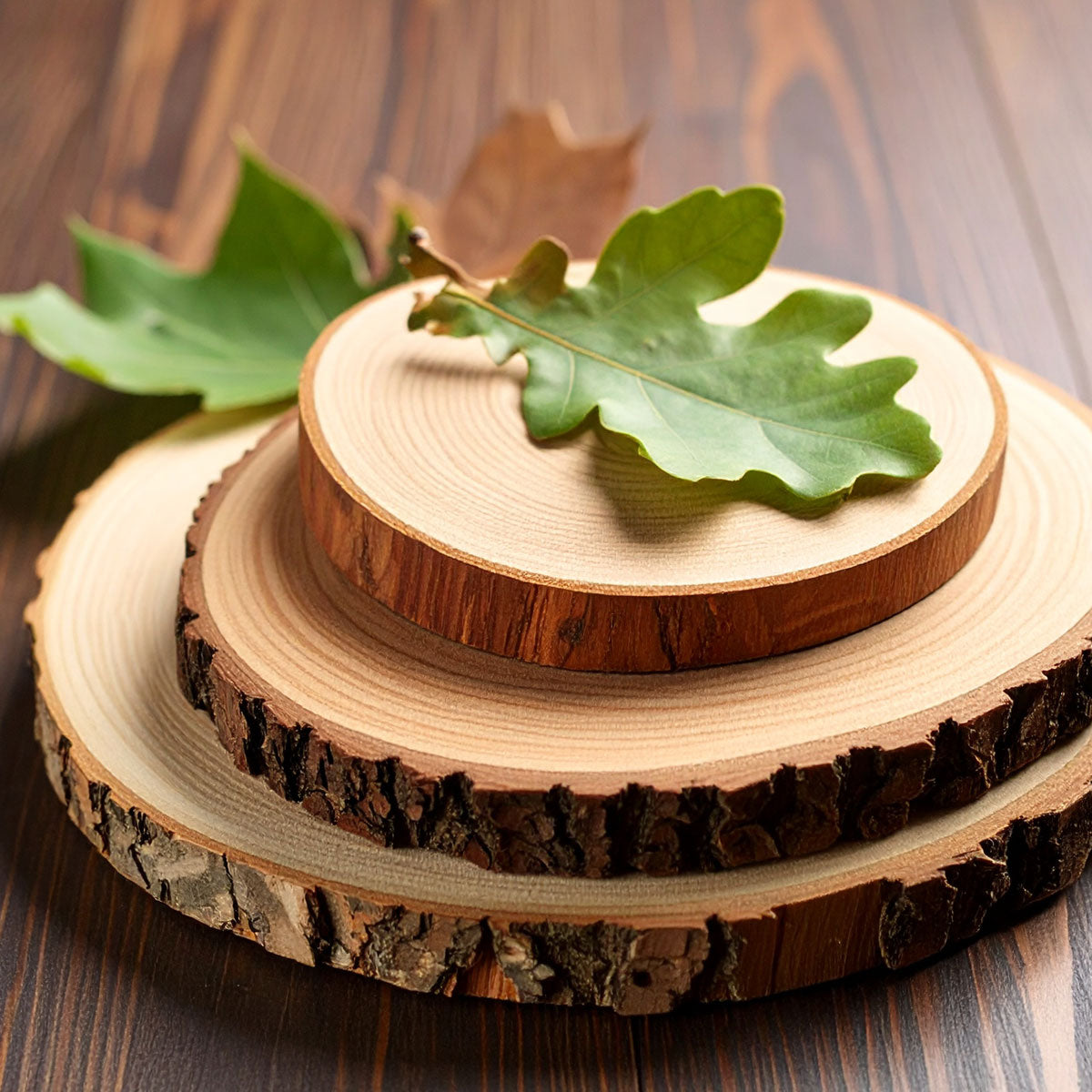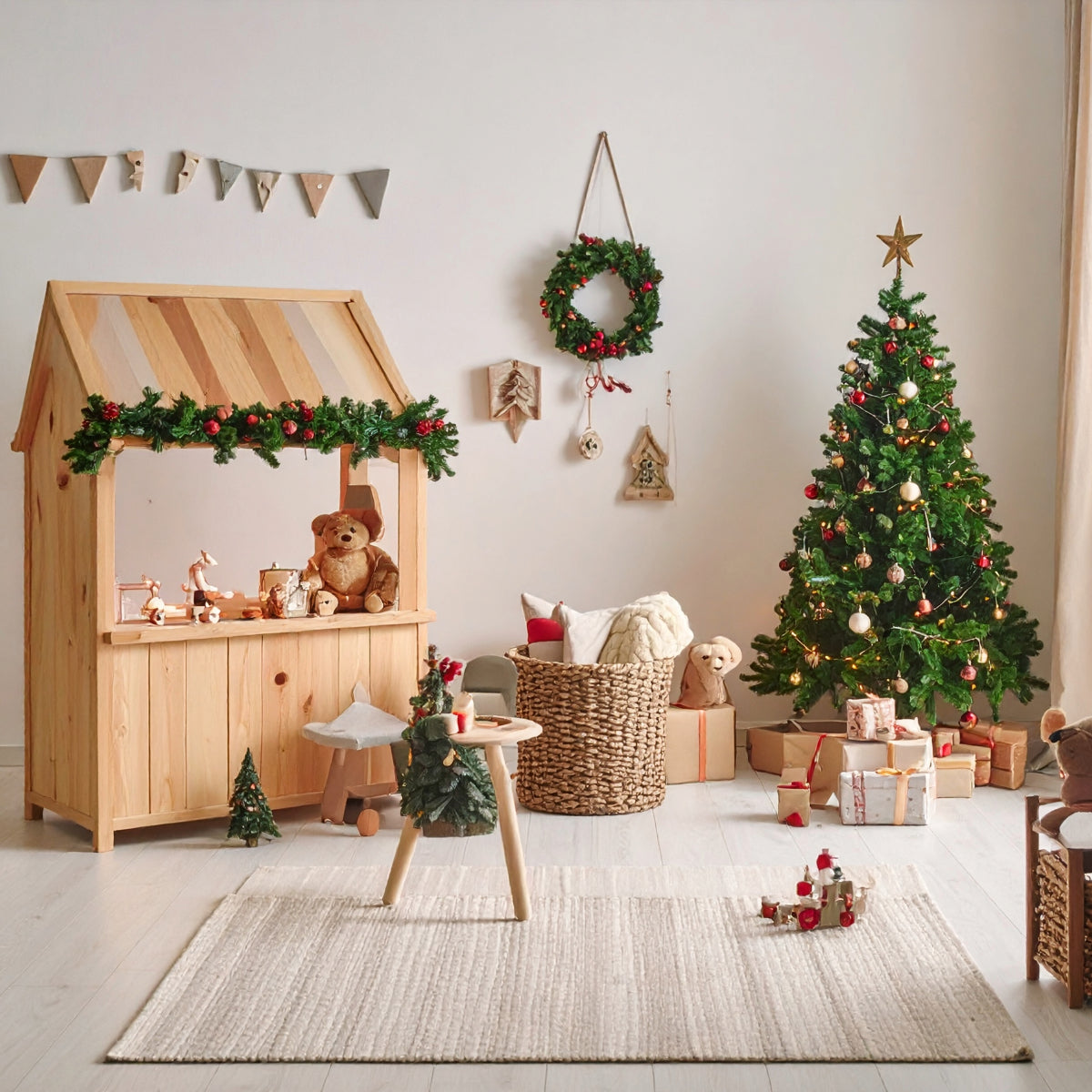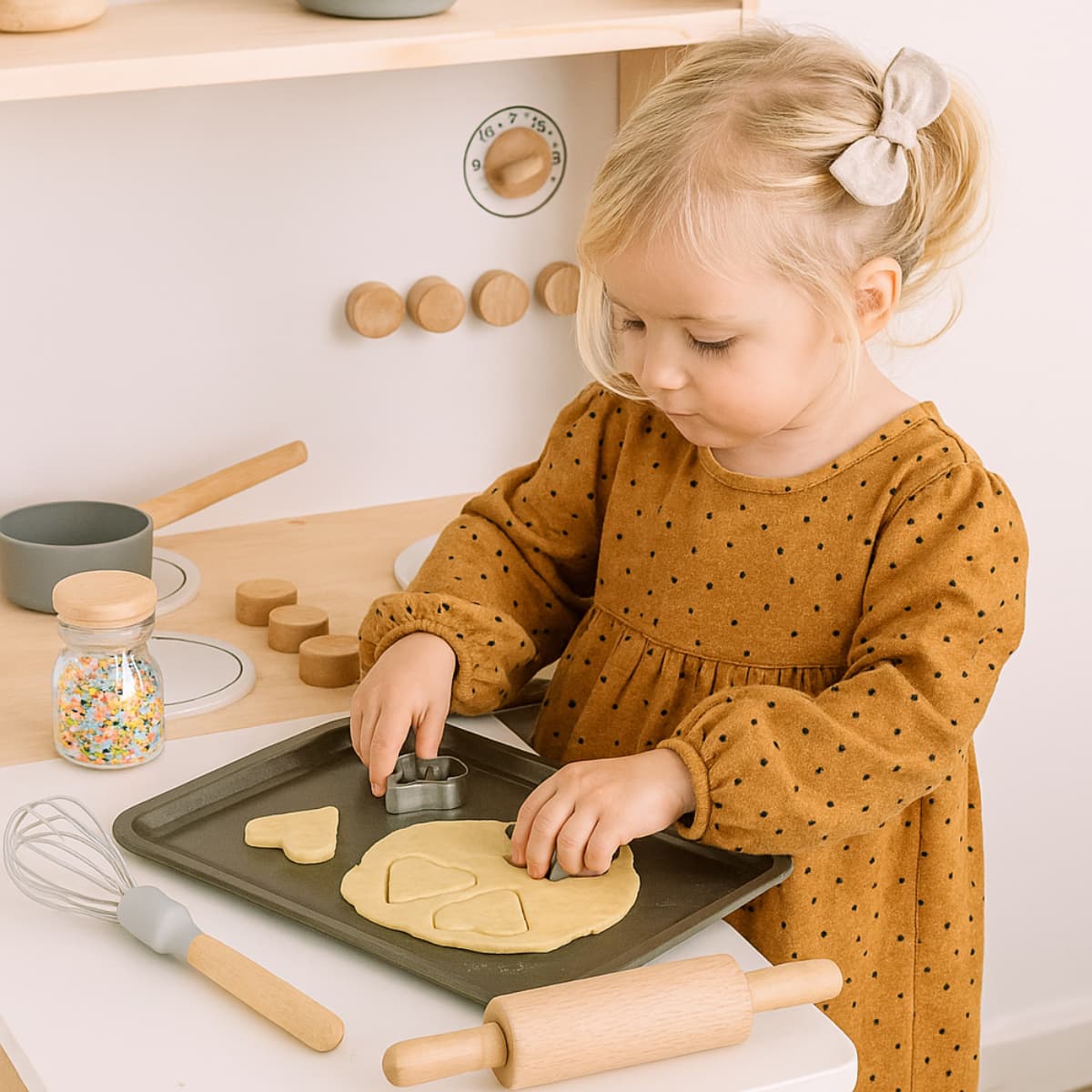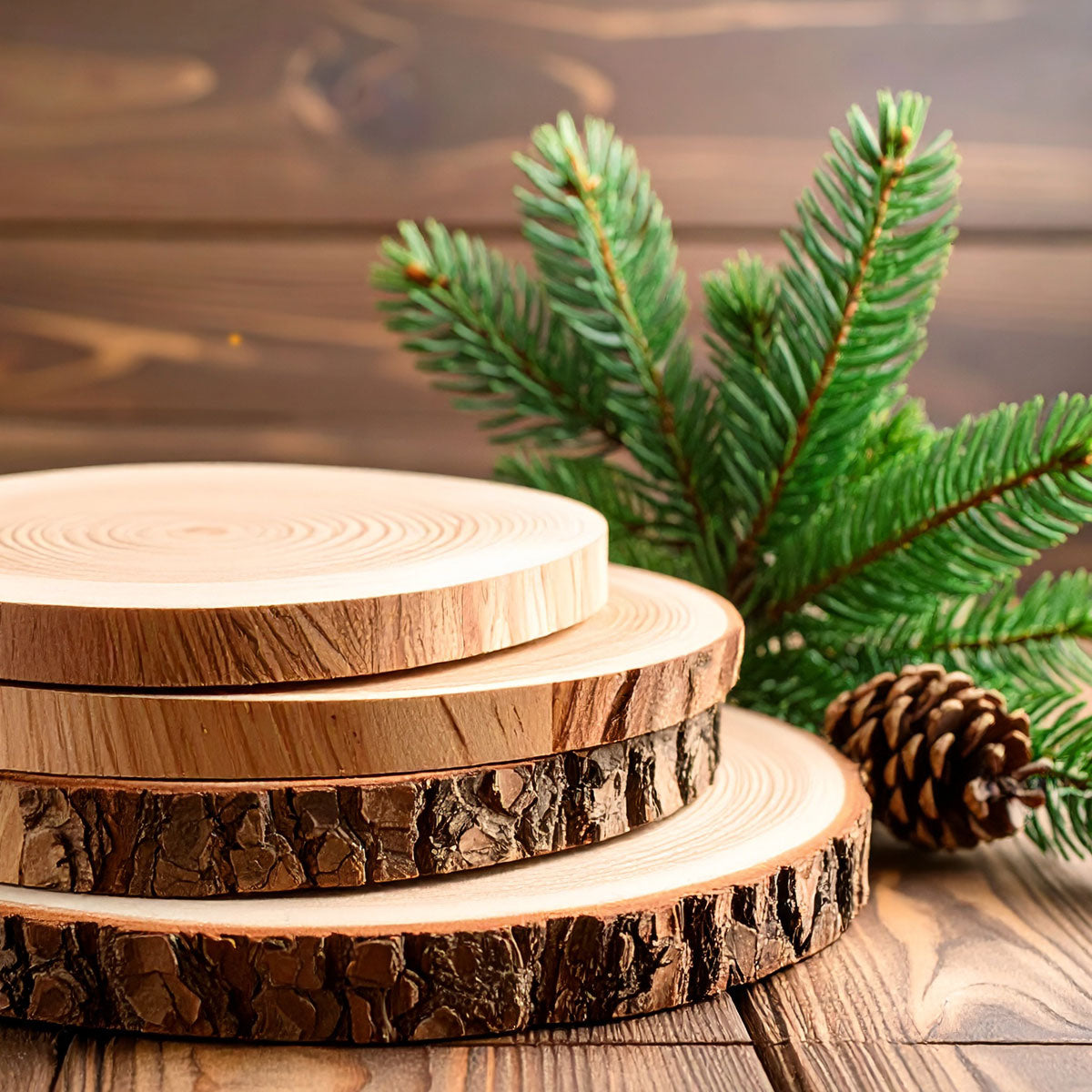
Softwoods
Softwoods – Properties, Uses & Special Features
Softwoods come from trees of the Coniferales order and are among the most important wood types in Europe. They are characterized by needle-shaped leaves, a uniform structure, and typically a high resin content. Thanks to their dimensional stability, good workability, and weather resistance, they are widely used – from construction and furniture to toys.
Origin & Species
-
Order: Coniferales (conifers)
-
Common species: spruce (Picea abies), fir (Abies alba), pine (Pinus sylvestris), larch (Larix decidua), Douglas fir (Pseudotsuga menziesii)
-
Distribution: Europe, North America, Asia
-
Sustainability: fast-growing, widely available, economically significant
Appearance & Structure
-
Color: mostly light – from yellowish-white (spruce, fir) to reddish-brown (pine, larch)
-
Grain: plain to pronounced, often with visible growth rings
-
Surface: smooth to resinous, depending on species
-
Special feature: resin content provides natural protection against moisture and pests
Technical Properties
| Feature | Description |
|---|---|
| Hardness | Low to medium – depending on species |
| Density | Approx. 350–700 kg/m³ – generally lighter than hardwoods |
| Workability | Excellent for sawing, planing, sanding, and gluing |
| Elasticity | Medium – dimensionally stable, good load-bearing |
| Durability | Class 3–5 – usually requires treatment for outdoor use |
| Drying | Fast and uncomplicated – low tendency to crack |
Applications
-
Construction: roof trusses, beams, formwork, timber framing
-
Furniture: mass-produced furniture, solid wood pieces, veneers
-
Toys: building blocks, vehicles, sound toys, construction sets
-
Packaging: pallets, crates, transport elements
-
Outdoor use: fences, playground equipment, decking, garden furniture
-
Paper industry: pulp from spruce and pine
-
Musical instruments: tonewood (e.g. spruce for violins, guitars)
Advantages
-
Lightweight and easy to process
-
Uniform growth – ideal for structural use
-
Resin content protects against moisture and pests
-
Economically and ecologically relevant
-
Versatile – from construction to toys
Disadvantages
-
Lower hardness compared to hardwoods
-
Often not durable without treatment
-
Resin leakage in some species (e.g. pine)
-
Susceptible to discoloration and fungal attack
Conclusion
Softwoods are essential materials for construction, furniture, and toys. Their easy workability, good availability, and natural resistance make them a preferred choice – especially for educational products that combine stability and sustainability.

